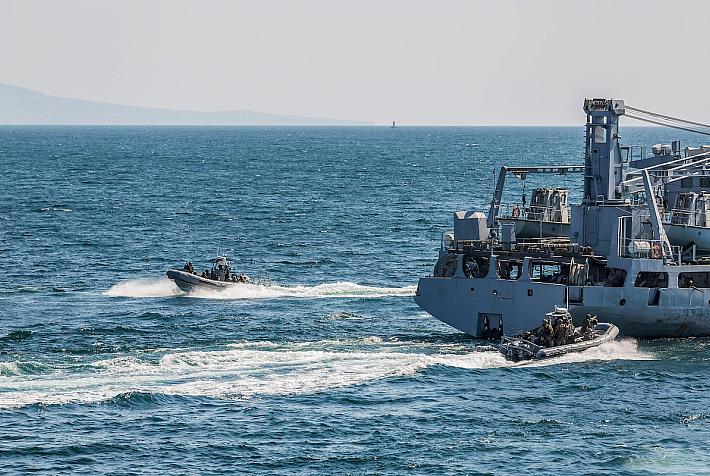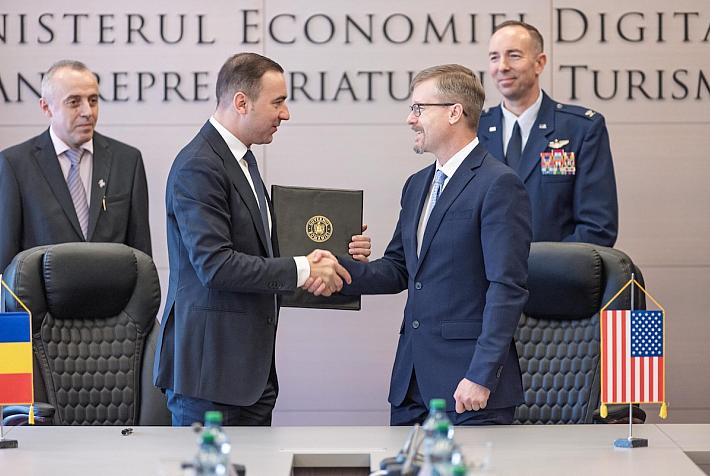Marks & Spencer exits the Romanian market after EUR 10 mln losses in 6 years

British retailer Marks & Spencer announced on Tuesday that it plans to close the six stores it owns in Romania, and thus exit the local market, as the local units are not profitable.
The decision was made after the company analysed its 466 international stores and reached the conclusion that the stores it operates directly are unprofitable. The franchise business, however, is profitable.
Thus, the retailer plans to close 53 wholly-owned stores in ten countries, including ten units in China and seven in France, where it will only keep the food stores. At the same time, the company will close all stores in Estonia, Hungary, Lithuania, Poland, Slovakia, the Netherlands, Belgium, and Romania.
“Last year, the operations carried out by the group through the companies it owns on ten markets registered a loss of GPB 45 million and revenues of GBP 71 million, and the activities on some markets have accumulated losses in the last five years. The analysis indicated that this situation is caused by a number of factors, including the fragmented portfolio of owned shops, and the small size of businesses. Moreover, there are limited opportunities for growth in these markets in the future,” reads a statement from Marks & Spencer.
On the local market, the retailer owns six stores in Bucharest, Constanta, and Iasi. The company already started talks with the 101 employees it has in Romania about the proposal to close its local stores.
“Given the comprehensive analysis of the group’s international activity, we conducted a thorough evaluation of our activity in Romania and the opportunities for long-term growth for Marks & Spencer on the market. Our analysis showed that in the last five years we had great difficulty in reaching the break even, and we can’t continue our activity in Romania,” said Jonathan Glenister, regional manager for Europe, China, and India.
Marks and Spencer Romania SA, the company under which the retailer operates on the local market, had cumulated losses of some EUR 10 million from 2010 until 2015, according to data from the Finance Ministry. The turnover oscilated between EUR 5.5 million in 2011 and EUR 7.3 million in 2014. In 2015, the sales totaled EUR 7.2 million, slightly lower than in 2014, despite the opening of a new store in the Mega Mall shopping center.
In the future, Marks & Spencer aims to reduce the number of markets where it operates through wholly-owned companies, and to focus more on activities undertaken through joint ventures and franchising. The retailer currently has 268 franchised stores in 34 markets, as well as joint ventures in India and Greece.
Marks & Spencer entered the local market in 2000, being among the first international retailers that opened stores in Romania. In May last year, the retailer also opened its first food shops in the local market.
Irina Popescu, irina.popescu@romania-insider.com











